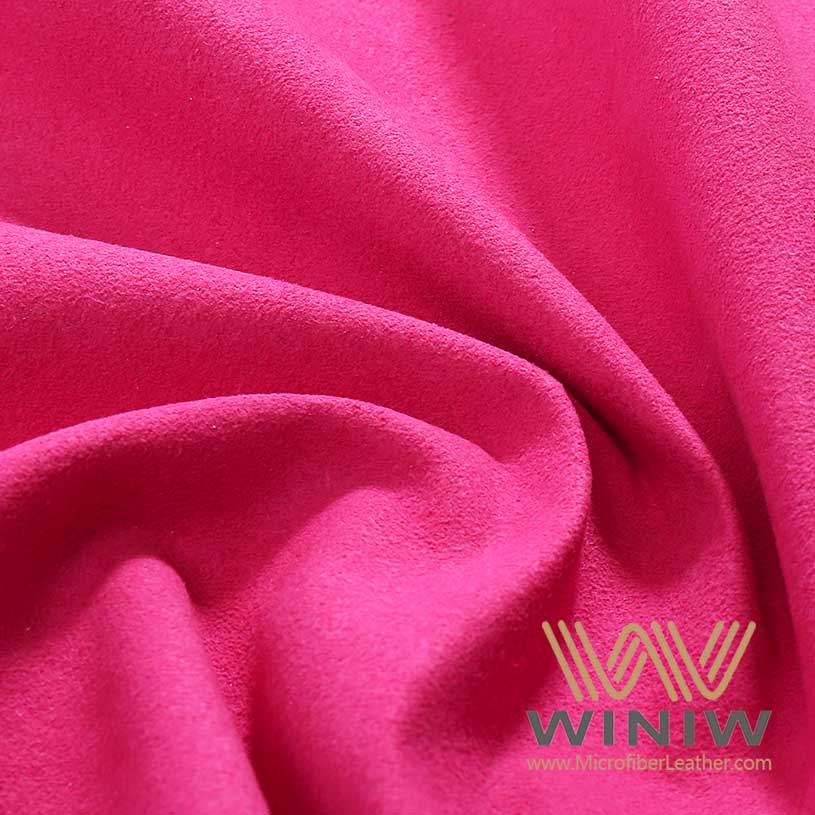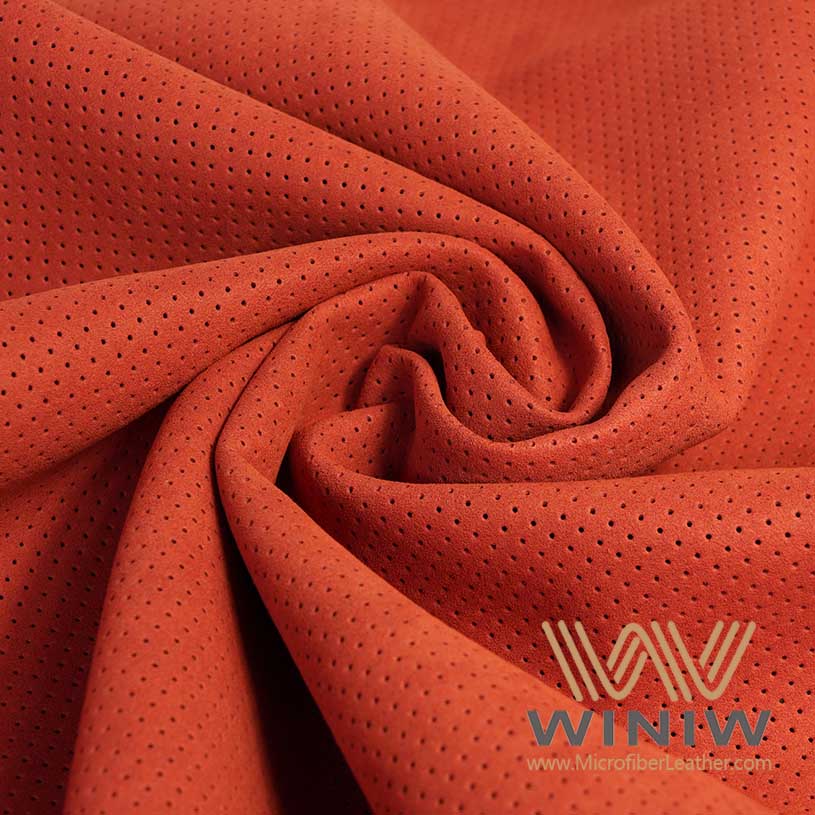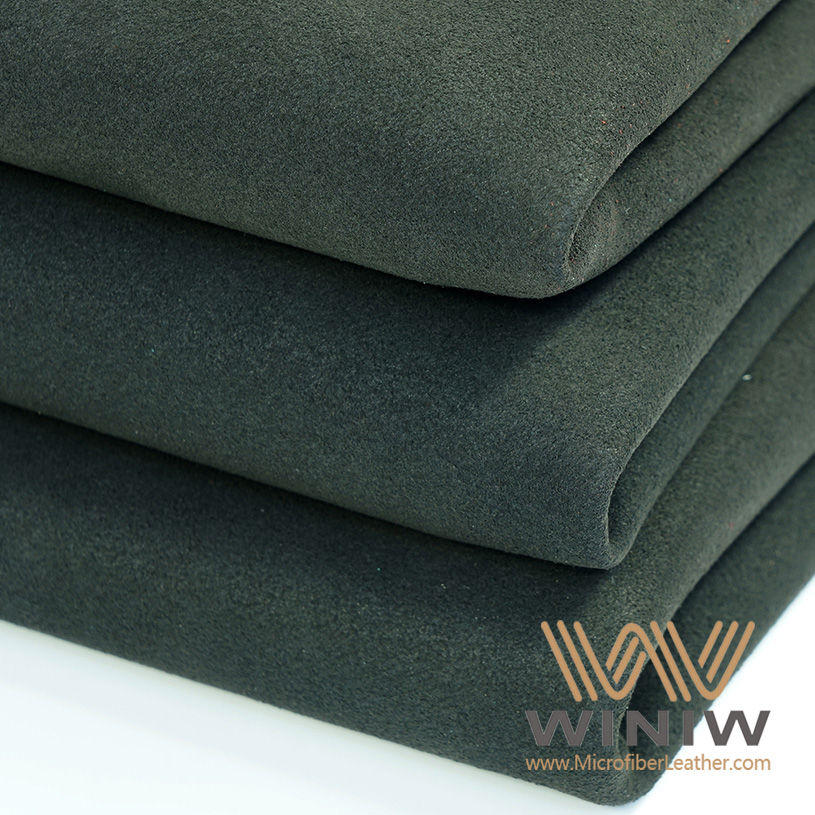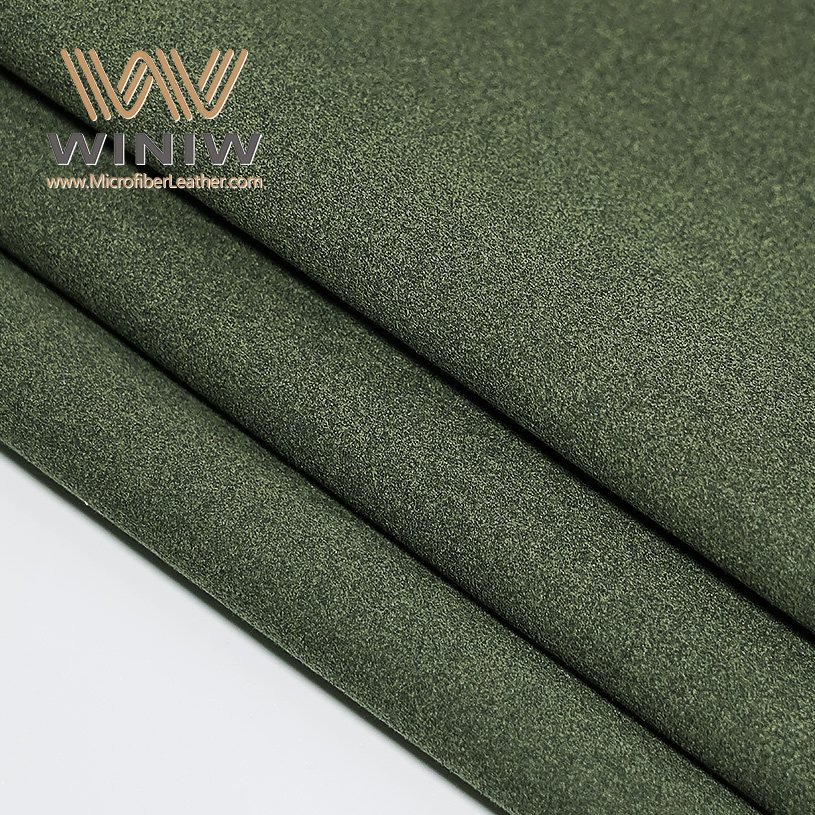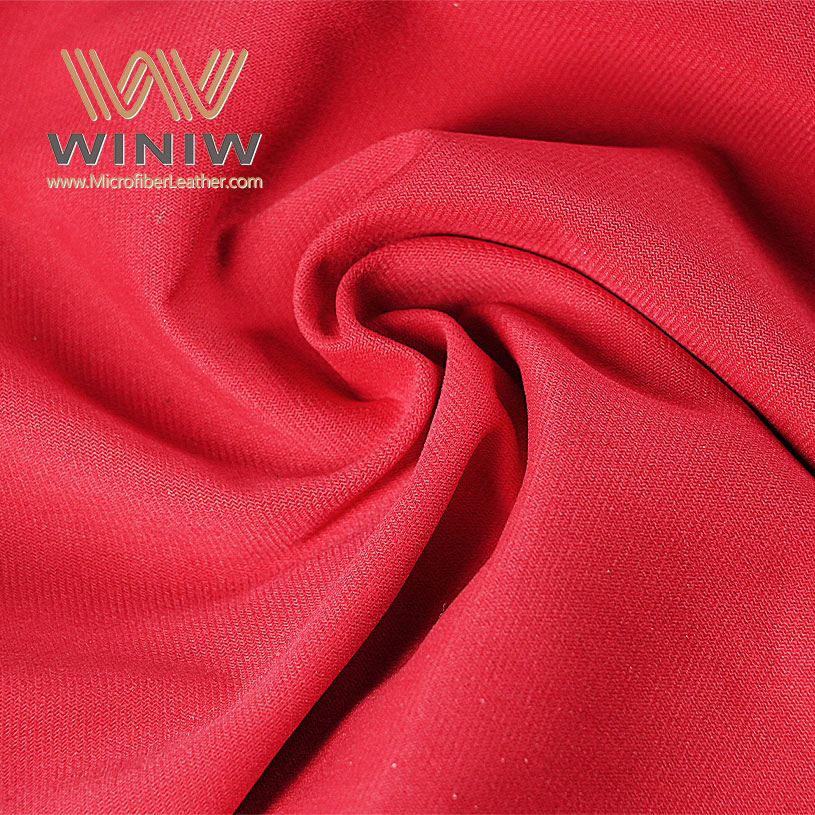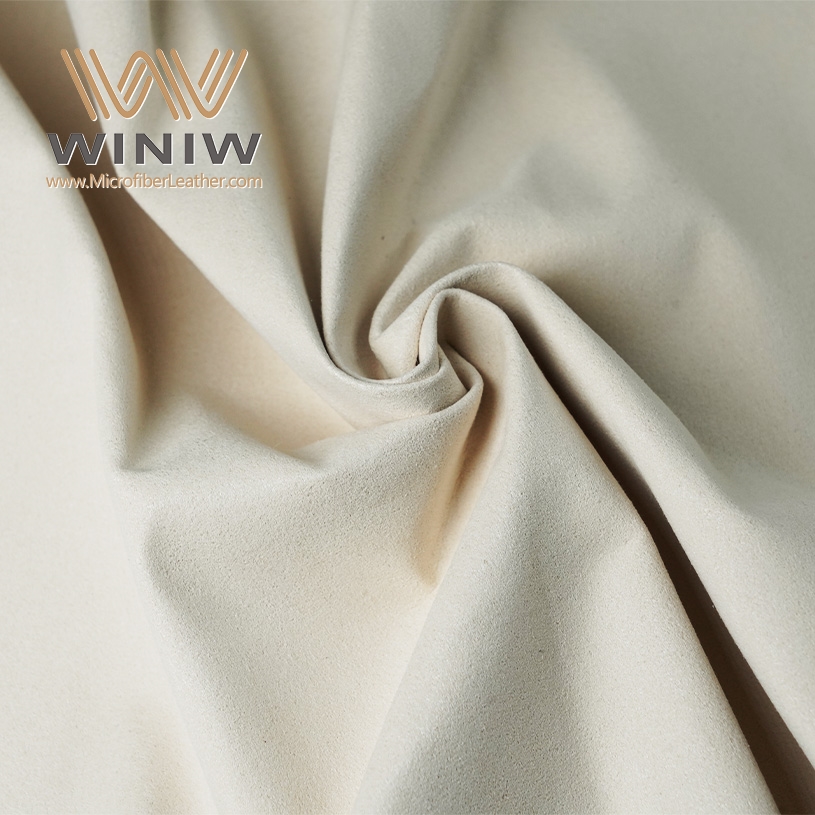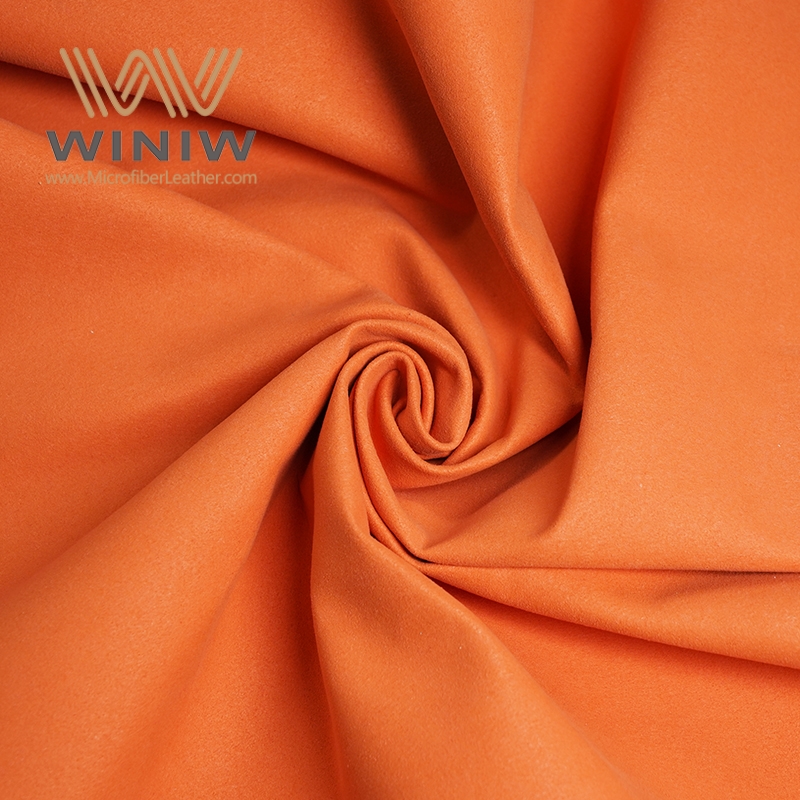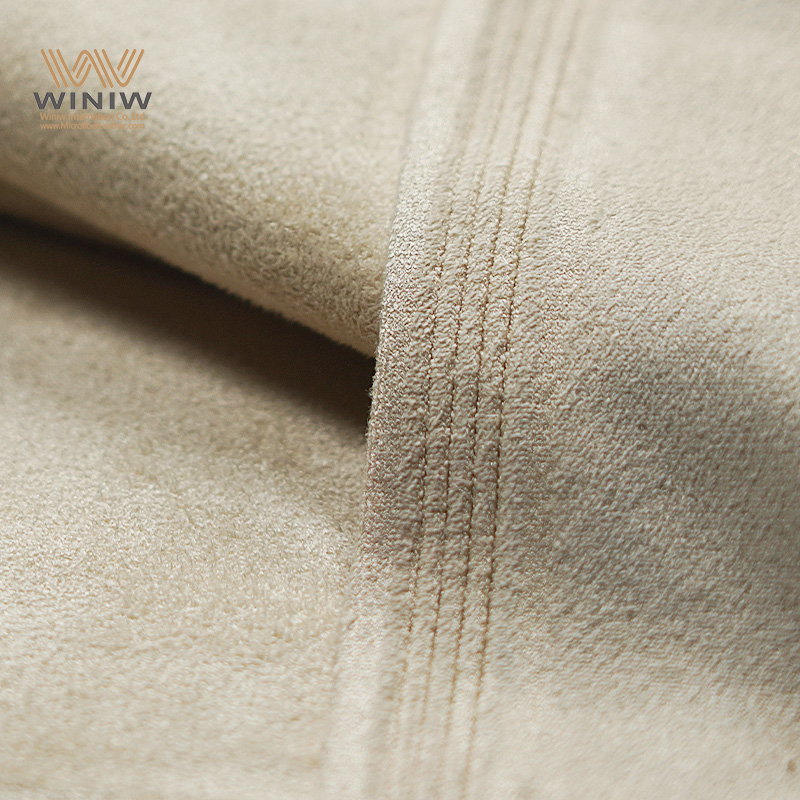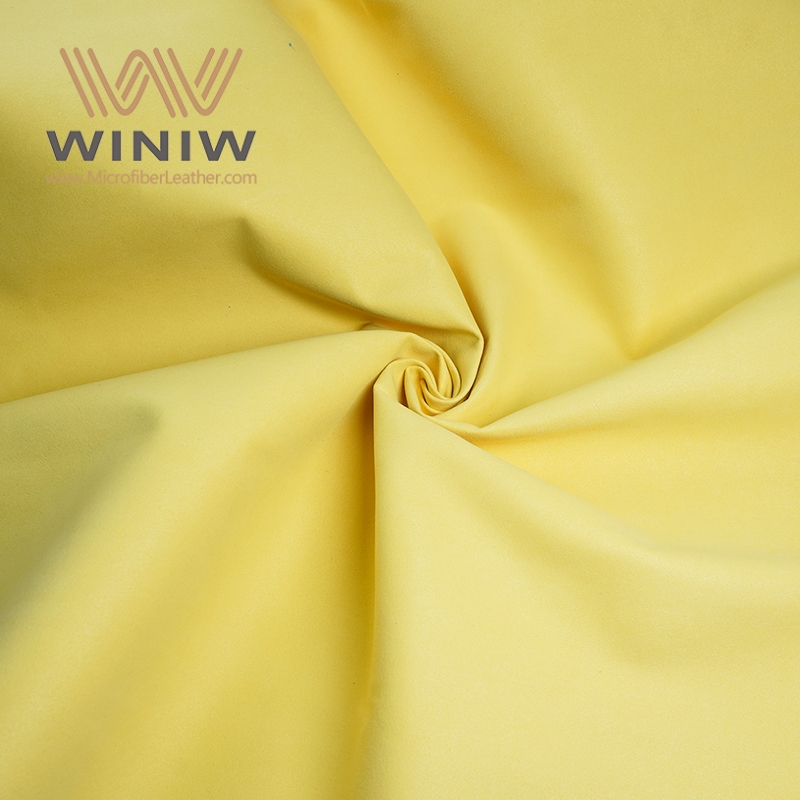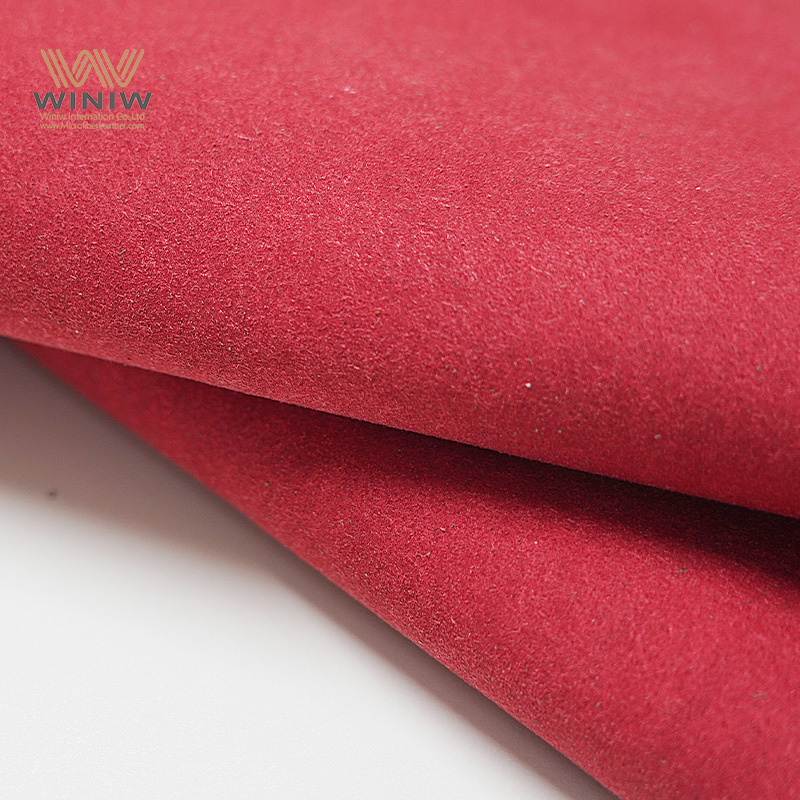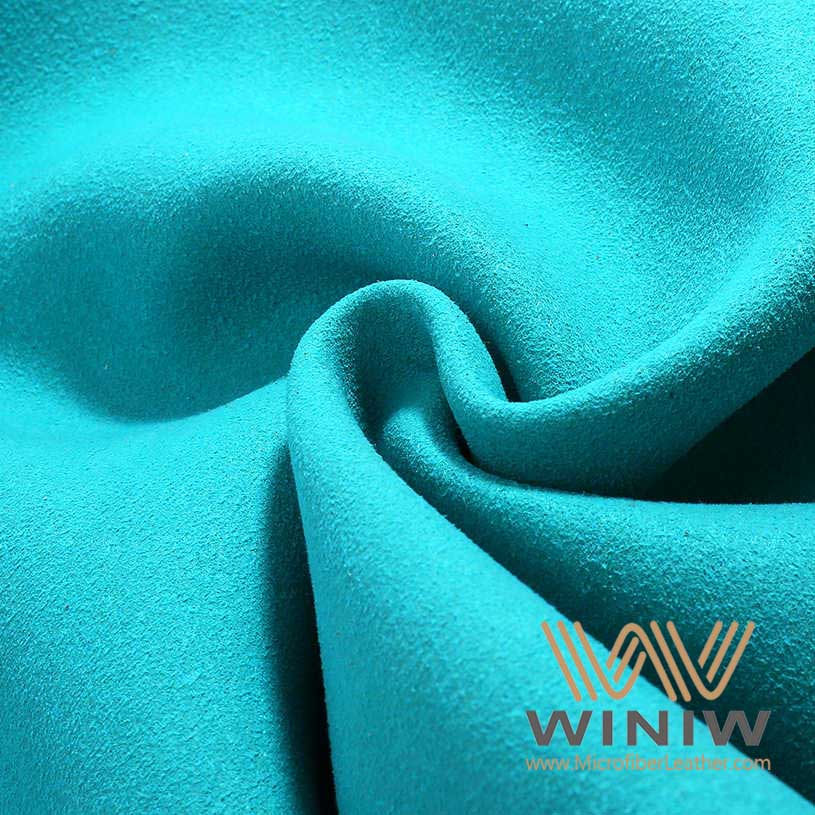
Consistent, gentle care keeps a microsuede couch looking beautiful and feeling comfortable. Regular couch maintenance, such as vacuuming and blotting spills, removes dirt and allergens before they settle in. Upholstery experts note that thorough care not only preserves the appearance but also extends the lifespan of the couch. Taking care of upholstery does not require complicated routines. Simple tips, like using protectors and rotating cushions, help maintain freshness year after year.
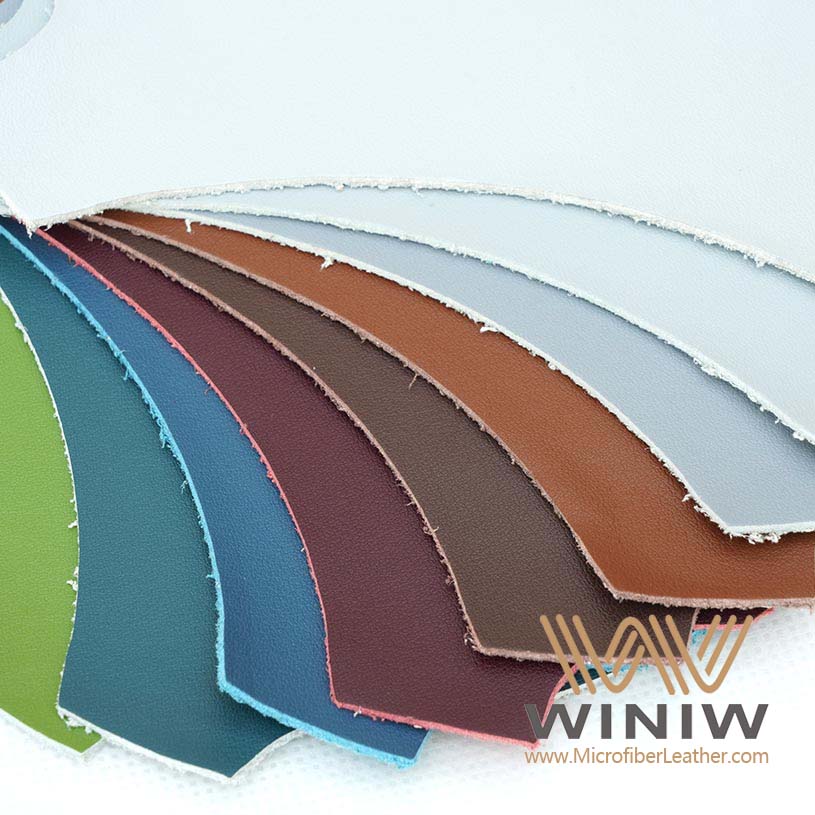
Microsuede Couch Maintenance Made Easy
Regular vacuuming keeps your microsuede couch free from dust and allergens. Aim to vacuum at least once a week.
Quickly blot spills with a damp microfiber cloth to prevent stains. Avoid rubbing, as it can push the liquid deeper into the fabric.
Rotate and fluff cushions every two weeks to maintain their shape and comfort. This practice helps prevent sagging.
Protect your couch from sunlight and heat to avoid fading. Use curtains or rearrange furniture to minimize direct exposure.
Use fabric protectors to repel stains and make cleaning easier. Reapply every six to twelve months for best results.
Understand cleaning codes on your couch to choose the right cleaning method. Always test any cleaner on a hidden area first.
Avoid using harsh chemicals or excessive water when cleaning. These can damage the fabric and lead to permanent stains.
Consider professional cleaning every six to twelve months for deep cleaning. This helps maintain the couch's appearance and extends its lifespan.
Microsuede Couch Basics
What Is Microsuede?
Microsuede is a synthetic fabric designed to mimic the look and feel of genuine suede. Manufacturers use ultra-fine polyester or nylon fibers to create this material. The densely woven structure gives microsuede its signature softness and luxurious texture. People often choose microsuede for furniture because it is available in many colors and patterns, making it easy to match any decor.
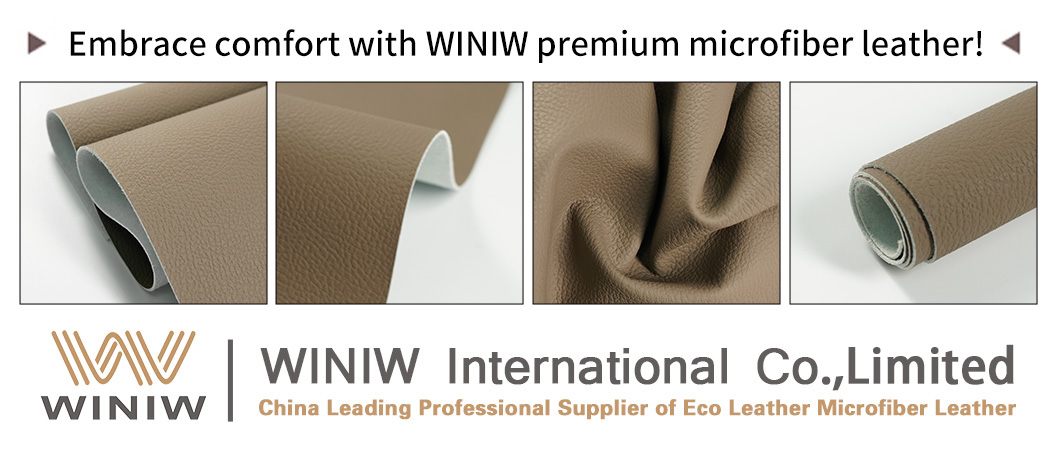
Tip: Microsuede is sometimes called microfiber upholstery, but it has a unique suede-like finish that sets it apart from other microfiber couch fabrics.
The following table shows the main materials used in microsuede production:
Material Type | Description |
|---|---|
Microfiber Polyester | The primary material used to create the suede-like texture and appearance. |
Sea Island Yarn | A type of yarn contributing to the fabric's softness and comfort. |
Polyester Yarn | Adds durability and structure to the microsuede fabric. |
Ultra-fine Fibers | Densely woven to mimic the look and feel of real suede. |

Why Microsuede Needs Care
Microsuede is more durable than natural suede, but it still requires regular care to maintain its appearance and comfort. The porous structure of microsuede enhances smoothness and comfort, yet it can trap dust, dirt, and pet hair. Weekly cleaning, such as vacuuming and using a lint roller, helps remove surface particles and prevents wear.
Neglecting cleaning routines can cause microsuede to become matted, faded, or stained. Over time, dirt buildup leads to a dull and worn look. Without proper care, the fabric may become crusty or discolored. Owners should avoid moisture exposure and address spills quickly to prevent permanent damage.
Note: Regular cleaning keeps microsuede looking fresh and extends the life of the couch.

Benefits and Challenges
Microsuede offers several benefits for households. The fabric is softer and more luxurious than traditional suede. Its even texture is stretchable and elastic, providing comfort for daily use. Microsuede is shrink-resistant, washable, and dry-cleanable, making it ideal for homes with children or pets.
However, owners face some challenges when maintaining a microsuede couch:
Regular cleaning is necessary to preserve the fabric's appearance.
Stain removal can be difficult due to the fabric's properties.
Protecting the couch from sunlight and heat prevents fading and discoloration.
Managing wear and tear through routine maintenance helps avoid permanent damage.

Common causes of wear and tear include sitting in the same spot, jumping onto the couch, and sleeping on it. Failing to vacuum or clean the upholstery allows dirt to settle, while placing the couch in direct sunlight leads to fading.
Microsuede remains a popular choice for its comfort and style, but owners must commit to consistent cleaning and care to enjoy these benefits for years.
Routine Microsuede Couch Tips
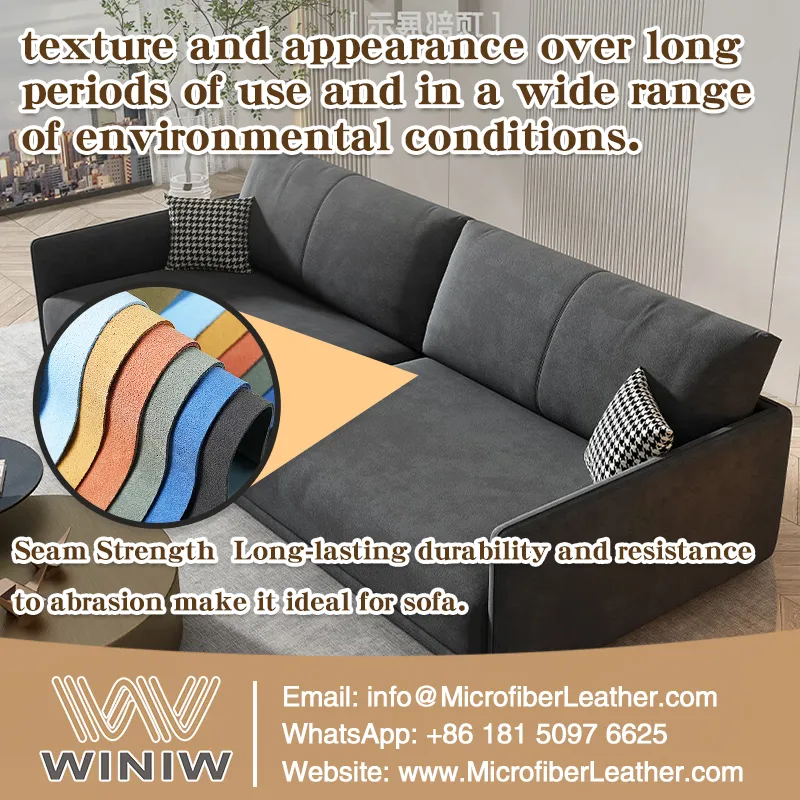
Vacuuming and Dusting
Regular cleaning forms the foundation of effective couch maintenance. Microsuede attracts dust, crumbs, and pet hair, which can settle deep into the fibers. Weekly vacuuming keeps the surface clean and prevents buildup. Upholstery professionals recommend this schedule for both microsuede and microfiber couch surfaces.
Attachments and Frequency
Use an upholstery attachment to remove loose dirt, crumbs, and pet hair from microsuede surfaces.
Employ a stiff fabric brush to restore the texture and dislodge embedded debris.
Upholstery tools lined with microfiber are flat and wide, making them effective for picking up lint on large fabric areas.
Vacuuming once a week helps maintain a fresh appearance and reduces the need for deep cleaning.
This routine extends the lifespan of the furniture and keeps the couch looking good.
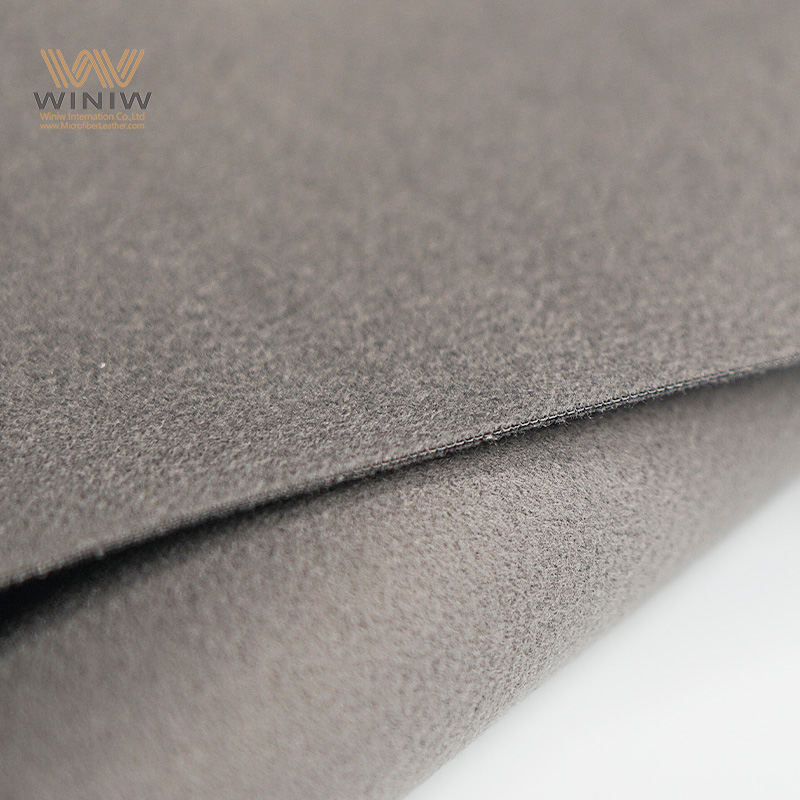
A dry, clean cloth can also help with dusting between vacuuming sessions. Avoid using fabric softeners or dryers, as these can damage the delicate fibers of microsuede.
Tip: Consistent vacuuming and dusting prevent dirt from settling, making future cleaning much easier.
Fluffing and Rotating Cushions
Cushion care plays a key role in preserving the comfort and shape of a microsuede couch. Over time, sitting in the same spot can cause cushions to sag or lose their loft.
Shape and Longevity
Regular fluffing and rotation of cushions help maintain their shape and support.
Distributing the filling evenly prevents sagging and ensures comfort over time.
Gently patting and shaking cushions can restore their loft and plumpness, contributing to their longevity.
If cushions are used frequently, consider flipping and rotating them every two weeks.
Monthly rotation is also beneficial, while quarterly rotation is better than not rotating at all.
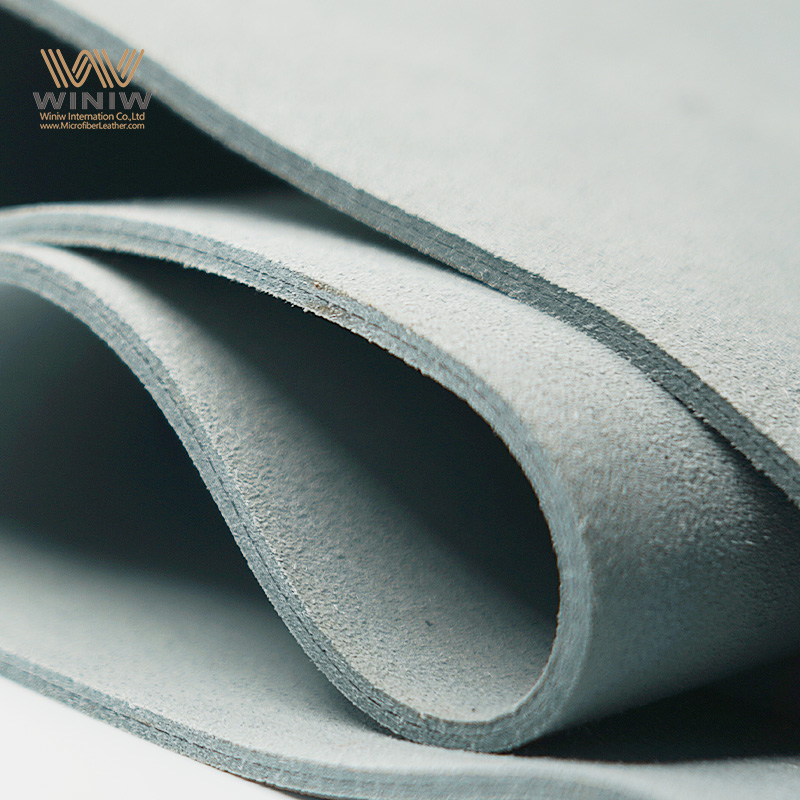
These simple steps keep the couch looking inviting and comfortable. They also reduce uneven wear, which can shorten the life of both the cushions and the microsuede fabric.
Sunlight Protection
Microsuede fabric is sensitive to sunlight. Direct exposure can cause fading and alter the texture of the material. The synthetic dyes used in microsuede are less resistant to fading than natural dyes, which leads to noticeable dulling of colors, especially in areas exposed to sunlight.
Simple Prevention
Place the couch away from windows or use curtains and blinds to block direct sunlight.
Rearrange furniture periodically to ensure even exposure if sunlight cannot be avoided.
Avoid placing the couch near heat sources, as heat can also damage the fabric.
Note: Protecting microsuede from sunlight preserves its color and texture, keeping the couch looking new for longer.
By following these tips, anyone can maintain the beauty and comfort of their microsuede couch. Weekly cleaning, regular cushion care, and sunlight protection all contribute to the longevity of microfiber upholstery.
Cleaning Microsuede: Dos and Don'ts
Spill Response
Microsuede couches require quick action when spills occur. Immediate attention helps prevent stains and keeps the fabric looking new. Many owners wonder how to treat spills on microfiber and microsuede surfaces without causing damage. The following steps outline the best approach:
Wipe the spill immediately using a slightly damp microfiber cloth.
Gently blot the affected area—never rub or scrub aggressively.
Clean the entire section with consistent, gentle pressure to avoid water spots.
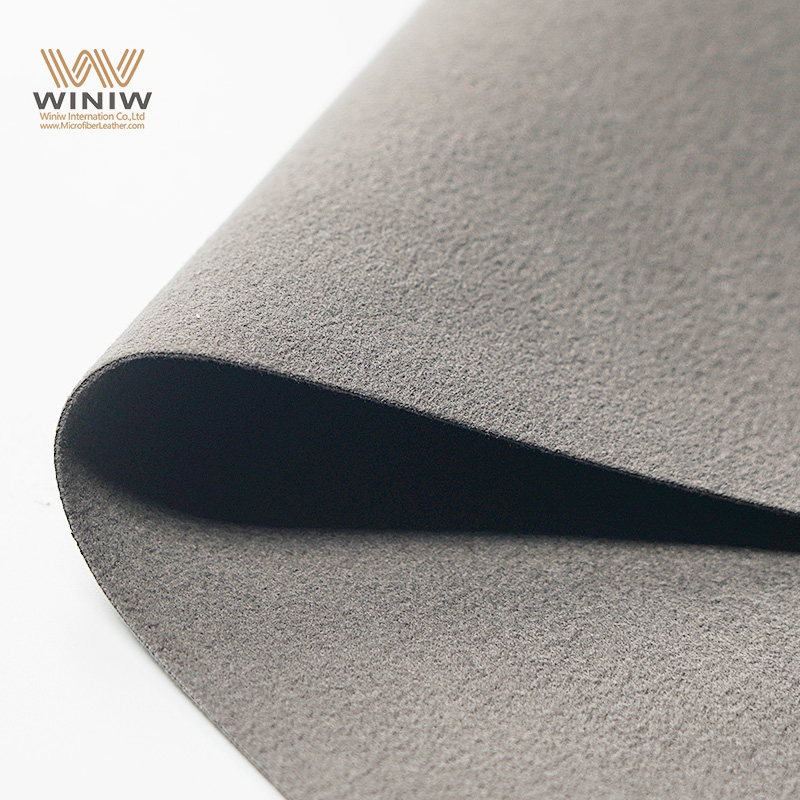
Blotting vs. Rubbing
Blotting stands out as the safest method for cleaning microsuede after a spill. Rubbing can push the liquid deeper into the fibers, making stains harder to remove. Blotting, on the other hand, absorbs the liquid and stops it from spreading.
Act fast when a spill happens to prevent permanent stains. Use a clean, white cloth or paper towel to blot the stain. This helps absorb liquid and stops the stain from spreading. Rubbing can push the stain deeper, so blot gently. Quick action can increase stain removal success by up to 60%.
These cleaning tips help clean up messes and spills before they become permanent. Spot cleaning with the right technique preserves the longevity of the couch and reduces the need for specialized care.

Cleaning Codes
Understanding cleaning codes is essential for anyone who wants to clean microsuede furniture safely. These codes guide users on which solutions and methods to use for cleaning microsuede and microfiber upholstery.
Where to Find Codes
The cleaning codes are typically found on a tag attached to the furniture, often located under the couch or chair cushions.
If the cushions are not removable, check underneath the furniture for the tag.
If the cleaning code is not found, consider checking the manufacturer's website or searching online.
For further assistance, contact a professional upholsterer or bring a fabric swatch to a fabric store.
These codes help owners choose the best upholstery cleaner and avoid damage during cleaning.

Code Meanings
The following table explains the most common cleaning codes found on microsuede couches:
Code | Meaning |
|---|---|
X | Do not use cleaning detergents; vacuum clean or hire an expert for safe cleaning. |
W-S | Use either solvent-based or water-based cleaning products. |
S | Use a water-free or dry-cleaning solvent; avoid open flames and ensure proper ventilation. |
W | Use water-based cleaning solvents. |
Code S: Requires a dry cleaning solvent; avoid liquids.
Code W: Water can be used for cleaning; suitable for DIY solutions.
Code S/W: A combination of dry cleaning solvents and water; best left to professionals.
Code X: Not cleanable; only vacuuming is allowed.
Knowing these codes ensures that cleaning microsuede does not lead to accidental damage. Always test any cleaning solution on a hidden area first.

Safe Cleaners
Choosing the right solutions for cleaning microsuede is crucial. Many store-bought and DIY cleaning products work well, but some ingredients can harm the fabric.
Store-Bought and DIY
Store-bought cleaners designed for microfiber couch and microsuede surfaces often provide safe and effective results. Look for products labeled for use on microfiber upholstery. For those who prefer diy cleaning, a simple mixture of mild soap and water works for code W couches. Always avoid harsh chemicals.
Ingredients to avoid include:
Hydrogen Peroxide: Known for its bleaching properties, it can discolor the fabric.
Windex: Contains a blue dye that may stain light-colored microfiber.
Hairspray: High alcohol content can dry out the fabric, and filler ingredients may leave residues.

For code S couches, use only solvent-based cleaners. Never use water, as it can leave rings or damage the fibers. For code X, stick to vacuuming and seek professional help for deep stains. These tips help remove set-in stains and maintain the longevity of microsuede furniture.
Proper cleaning and care, along with regular vacuuming, keep microsuede looking its best. Following these cleaning tips ensures that the couch remains comfortable and attractive for years.

Common Mistakes
Overwetting, Harsh Chemicals
Many people make mistakes when cleaning microsuede, which can damage the fabric and shorten the life of the couch. Understanding these common errors helps prevent costly repairs and keeps microfiber upholstery looking its best.
Using too much water or soap during cleaning microsuede often leads to oversaturation. Excess moisture makes it difficult for the fabric to dry and increases the risk of mold and mildew. Overwetting can also cause the wooden frame to warp and adhesives to break down. As the fabric dries, stains may reappear due to a process called "wicking," where moisture draws out hidden soils from deep within the fibers.
Scrubbing stains too aggressively can break down the delicate fibers of microsuede. This action may result in thinning, permanent discoloration, or even holes in the fabric. Spot cleaning should always involve gentle blotting rather than rubbing.
Choosing the wrong cleaning products is another frequent mistake. Harsh chemicals, such as bleach or strong household cleaners, can strip away color and weaken the fibers. These solutions may leave the couch looking faded or feeling rough.
Ignoring the type of stain before treatment can make cleaning less effective. Different stains require different solutions, and using the wrong method can set the stain permanently.
Not allowing proper drying time after cleaning can create musty odors and promote mildew growth. Dampness trapped inside the microfiber couch can also attract dust and dirt, making future cleaning more difficult.
Neglecting to remove small debris before cleaning can cause crumbs to mix with cleaning solutions. This creates a muddy mess that spreads across the fabric.
Tip: Always vacuum the couch before cleaning microsuede. This step removes loose dirt and crumbs, making diy cleaning and spot cleaning more effective.
People should avoid these mistakes to protect their investment. Proper cleaning microsuede routines, such as gentle blotting, using approved solutions, and allowing full drying, help maintain the beauty and comfort of microfiber upholstery. By following these guidelines, anyone can keep their couch free from stains and looking fresh after spills.
Deep Cleaning Microsuede Couch
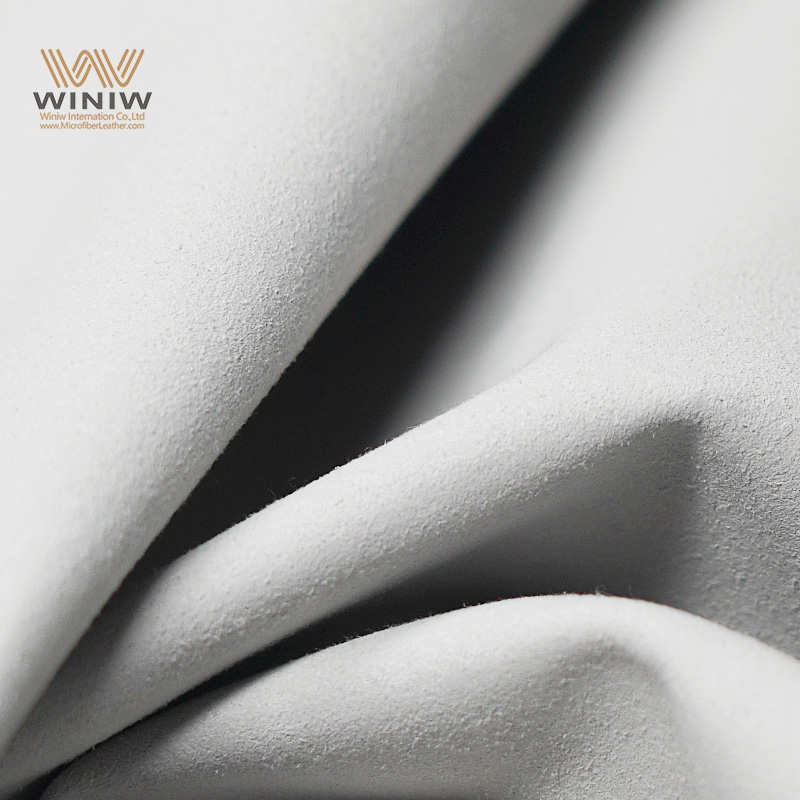
When to Deep Clean
Microsuede furniture benefits from regular maintenance, but deep cleaning remains essential for long-term care. Most industry experts recommend a deep clean every six months. This schedule helps keep the fabric fresh and extends its lifespan. Households with minimal activity, such as those without pets or children, can often stick to twice-yearly deep cleaning. In contrast, homes with active families, pets, or frequent guests should consider quarterly cleaning to maintain the best appearance and hygiene.
Signs that indicate a microsuede couch needs professional deep cleaning include:
Visible stains that do not respond to regular spot cleaning
Persistent odors, such as smoke or pet smells
Diminished softness or matted fibers
Spills and stains from food, drinks, or pet accidents
Pet urine stains or dirt and mud buildup
Excessive use that leaves the fabric looking dull
Regular inspection helps identify these issues early. Addressing them promptly prevents permanent damage and keeps microfiber upholstery in top condition.
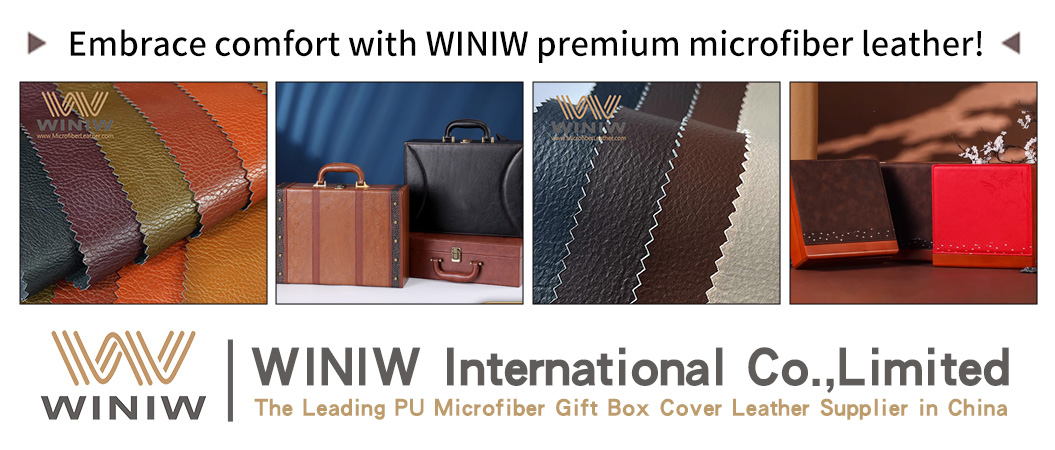
Professional Services
Professional upholstery cleaners offer specialized solutions for deep cleaning microsuede. These experts use advanced equipment designed to remove embedded dirt and dust, restoring the original beauty of the fabric. Their knowledge and experience allow them to tackle tough stains and odors that household products cannot handle.
Benefits of hiring professional cleaning services include:
Removal of deep-seated dirt and dust, which keeps the furniture looking new
Prevention of allergen buildup and unpleasant odors
Restoration of the fabric’s original softness and appearance
Extension of the furniture’s lifespan by addressing spills and stains effectively
Use of specialized equipment and cleaning solutions tailored for microsuede
Professional cleaners understand the unique needs of microsuede and microfiber upholstery. They avoid overwetting and harsh chemicals, which can damage the fabric. Instead, they apply safe, effective methods that protect both the material and the couch’s structure.
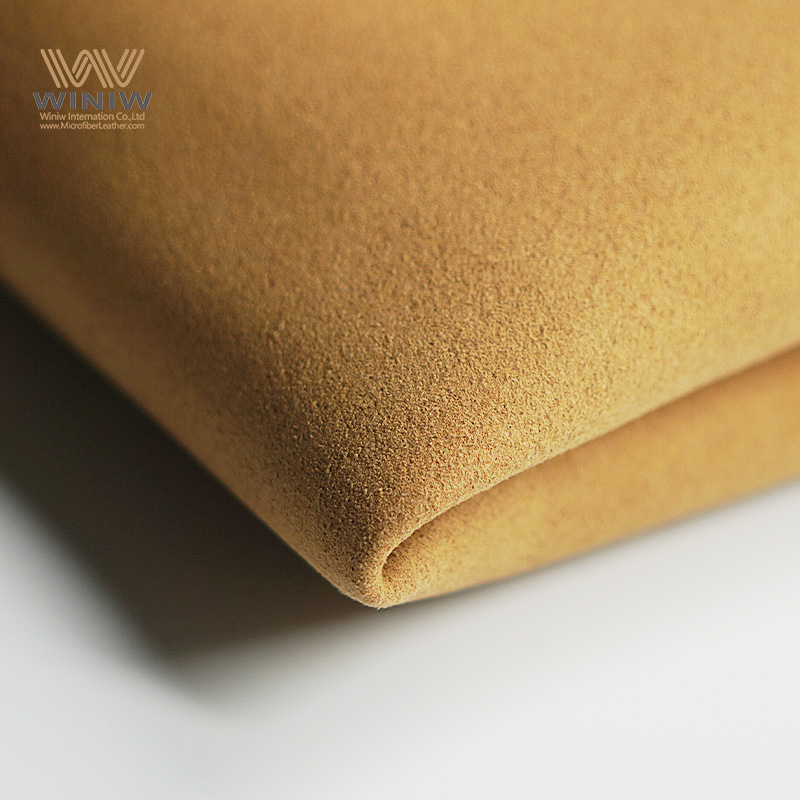
The cost of professional deep cleaning varies. Most homeowners pay between $80 and $200 for a single couch. The national average for furniture upholstery cleaning ranges from $100 to $250, with many services charging around $180. Some companies may charge between $120 and $231, depending on the size and condition of the furniture.
Investing in professional cleaning ensures the couch remains comfortable, attractive, and long-lasting. Regular deep cleaning, combined with routine care, provides the best results for any home.
Protective Tips for Microsuede
Fabric Protectors
Spray-on fabric protectors offer a practical solution for maintaining the appearance and durability of microsuede couches. These products create an invisible shield that repels water, oil, and other common stains. When applied correctly, fabric protection prevents spills from soaking into the fibers, making cleaning much easier. Homeowners who use fabric protectors notice that liquids bead up on the surface, allowing for quick blotting and reducing the risk of permanent stains.
Spray-on protectors help repel water, oil, and everyday messes.
They keep spills from penetrating the fabric, simplifying cleaning.
Regular application extends the lifespan of microsuede furniture.
Experts recommend reapplying fabric protection every six to twelve months, depending on usage and exposure. Always follow the manufacturer’s instructions for best results. This routine supports protecting microfiber upholstery and helps maintain a fresh, clean look.
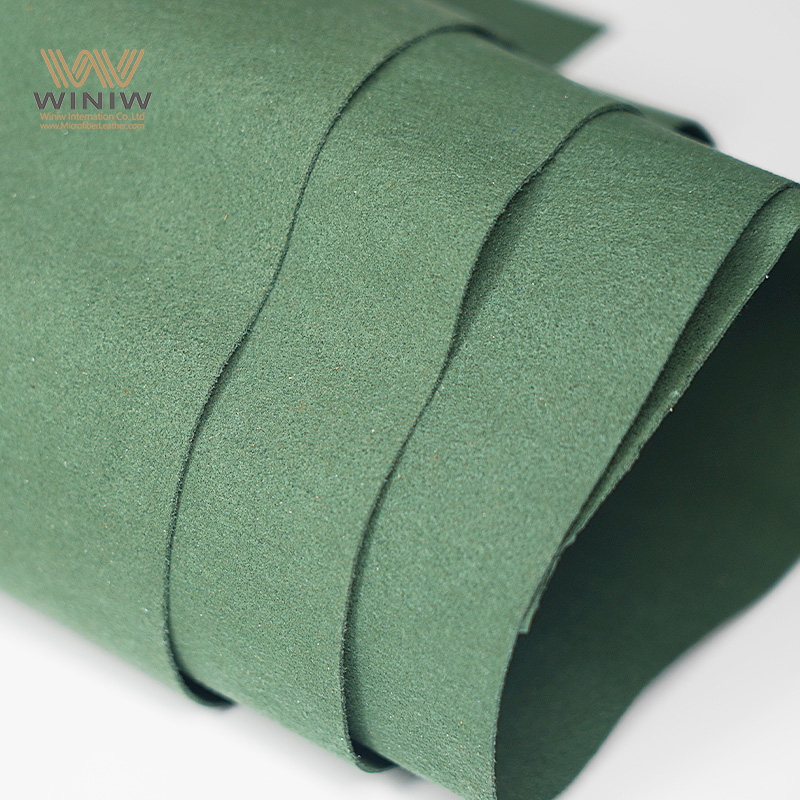
Tip: Test the protector on a hidden area before full application to ensure compatibility with your couch.
Slipcovers and Throws
Slipcovers and throws provide an effective barrier against dirt, spills, and wear. Investing in slipcovers is a cost-effective solution compared to purchasing new furniture or reupholstering. This makes them an economical choice for protecting your microsuede upholstery. Slipcovers come in various styles and materials, allowing easy updates to the look of any living space. This flexibility enables homeowners to adapt their decor to changing tastes without significant expense.
Using slipcovers for microsuede upholstery offers several advantages, including protection from spills and stains, ease of cleaning, and cost-effectiveness. They allow for a quick refresh of your decor without the need for new furniture, making them a versatile choice for any home. Most slipcovers are machine washable, which simplifies the cleaning process. This feature benefits households with pets and children, as it allows for easy maintenance and ensures the upholstery remains in good condition.
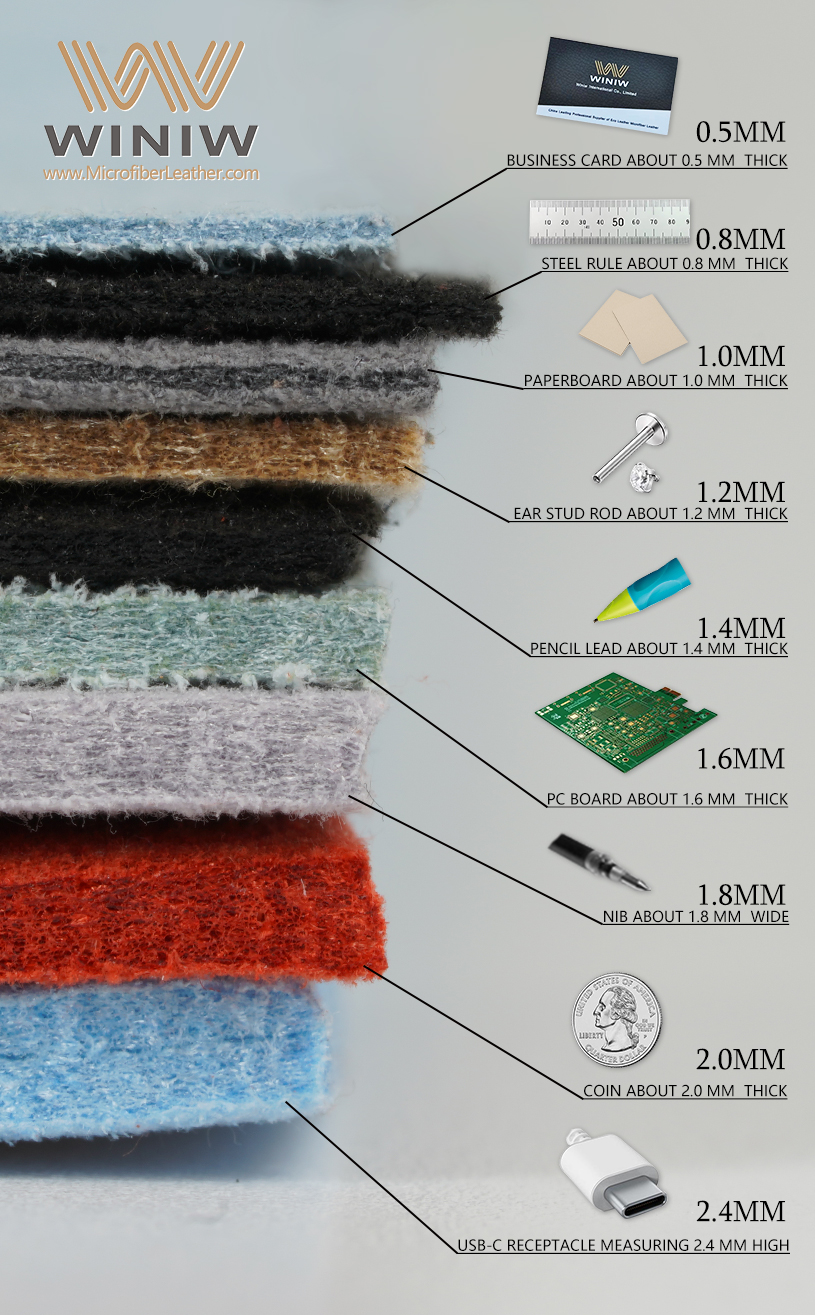
Throws add another layer of protection and style. They can be draped over high-traffic areas or used to cover spots prone to spills. Regular washing of slipcovers and throws supports a clean environment and helps with protecting your couch from everyday messes.
Cushion Rotation
Cushion rotation plays a vital role in maintaining the shape and comfort of microsuede couches. Rotating cushions distributes wear evenly, preventing sagging and flattening in frequently used areas. This practice also helps with cleaning, as it exposes different surfaces to light and air, reducing the risk of hidden stains and odors.
Rotate cushions every two weeks for optimal results.
Fluff cushions after rotation to restore loft and comfort.
Monitor cushion condition and replace filling if necessary.
Consistent cushion rotation supports protecting microfiber upholstery and extends the life of the couch. This simple habit, combined with regular cleaning and fabric protection, keeps microsuede furniture looking and feeling its best.
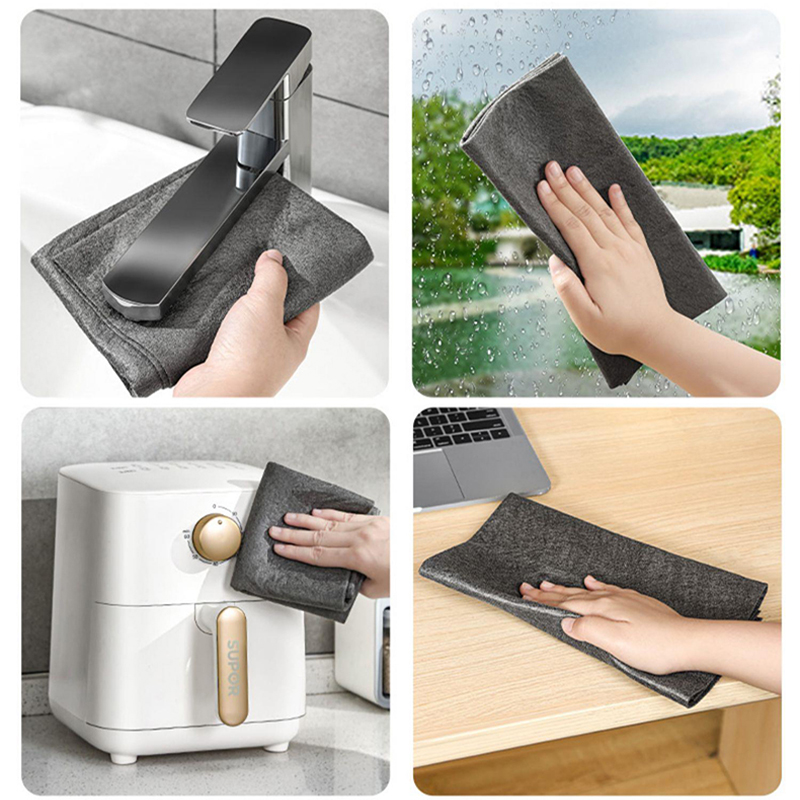
Pet and Kid Protection
Families with pets and children face unique challenges when caring for a microsuede couch. Active households often see more spills, scratches, and general wear. Taking proactive steps helps preserve the beauty and comfort of microfiber upholstery.
Owners can use several effective strategies to protect their furniture from everyday messes:
Select pet-friendly materials for furniture. Microfiber upholstery stands out as a durable choice that resists wear and tear from claws and playful activity.
Place washable, waterproof covers over the couch. These covers act as a barrier against spills, crumbs, and scratches. Many slipcovers are easy to remove and clean, making maintenance simple.
Trim pets’ nails regularly. Short nails reduce the risk of accidental scratches on the fabric. Regular grooming also limits shedding and dander buildup.

Create a designated pet zone near the couch. Placing a cozy bed or blanket nearby encourages pets to rest in their own space rather than on the furniture.
Use pet-safe cleaners for quick cleanup. Accidents happen, but immediate attention prevents stains from setting into the fabric.
Train pets with positive reinforcement. Rewarding good behavior teaches pets to stay off the couch or use their own space.
Block access to the couch when unsupervised. Baby gates or closed doors keep pets and young children away from the furniture during busy times.
Tip: Provide scratching posts or toys for cats. These alternatives help protect the couch from claw marks and keep pets entertained.
Children also contribute to daily wear. Setting clear rules about eating and drinking on the couch reduces the risk of spills. Encourage kids to wash their hands before sitting down. Remind them to avoid jumping or rough play on the furniture.
Protective covers and throws offer an extra layer of defense. These accessories catch crumbs, spills, and pet hair before they reach the fabric. Regular washing keeps the covers fresh and the couch clean.
Families who follow these steps find it easier to maintain a clean, inviting living space. Protecting microfiber furniture from pets and children extends its lifespan and keeps it looking new. Consistent care prevents stains and damage, allowing everyone to enjoy a comfortable and attractive home.
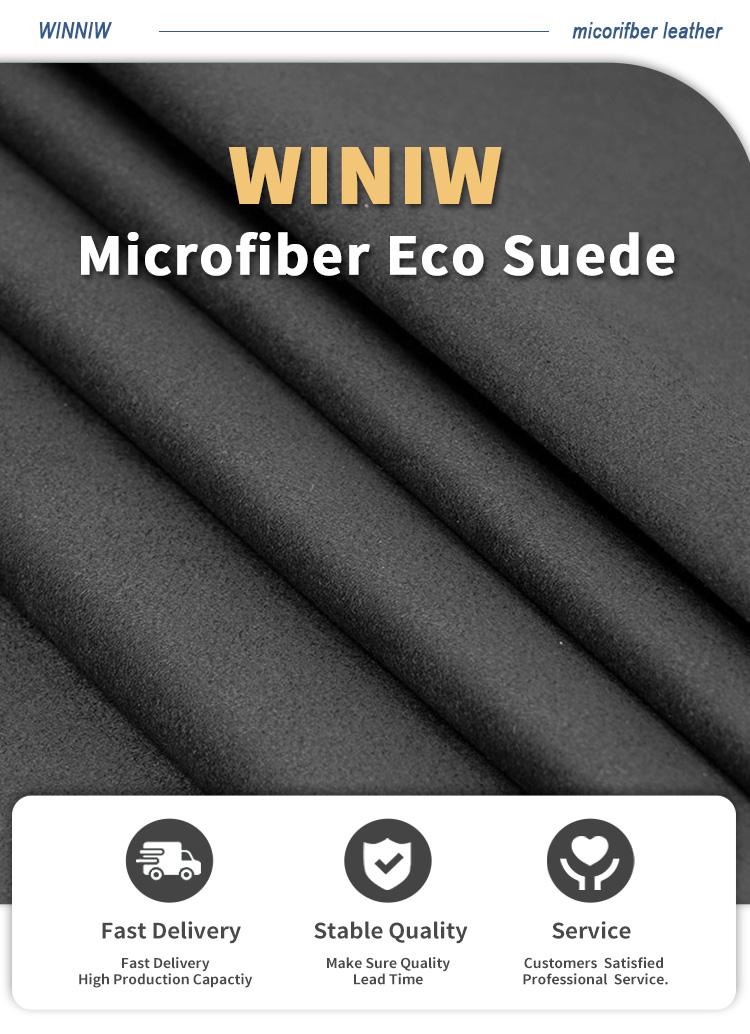
Cleaning Dos and Don'ts Recap
Top Dos
Proper care of microsuede starts with a few essential cleaning habits. These actions help preserve the fabric and keep microfiber upholstery looking its best.
Vacuum the surface before any cleaning. This step removes loose dirt and debris, preventing particles from embedding deeper into the fibers.
Use a stiff fabric brush to restore the texture after vacuuming. Brushing helps lift the nap and keeps the surface soft.
Always test cleaning solutions on a hidden area first. This precaution ensures that the cleaner will not damage or discolor the microsuede.
Blot stains immediately with a clean microfiber cloth. Quick action prevents spills from setting and becoming permanent.
For solvent-based cleaning, apply rubbing alcohol as recommended by the manufacturer. This method works well for certain stains on microsuede.

Allow the couch to dry completely after cleaning. Air drying in a well-ventilated area helps prevent mildew and keeps the fabric fresh.
Use a fan to speed up drying if needed, but avoid direct heat. Fans circulate air and help moisture evaporate safely.
Blot any remaining moisture with a dry microfiber towel. This step removes excess water and reduces drying time.
Steam clean for deep cleaning, but avoid oversaturating the fabric. Steam lifts dirt without soaking the microsuede.
Tip: Consistent cleaning routines and quick responses to spills extend the life of microsuede and keep the couch looking new.
Top Don'ts
Mistakes during cleaning can damage microsuede and shorten the lifespan of microfiber upholstery. Avoid these common errors to protect your investment.
Do not rub stains. Rubbing spreads the stain and pushes it deeper into the fabric. Always blot gently instead.
Never use colored cloths for cleaning. Dyes from the cloth can transfer to the microsuede and cause discoloration.
Avoid using harsh chemicals or bleach. These substances weaken the fibers and may strip away color.
Do not oversaturate the fabric with water or cleaning solution. Excess moisture can lead to mold, mildew, and water stains.
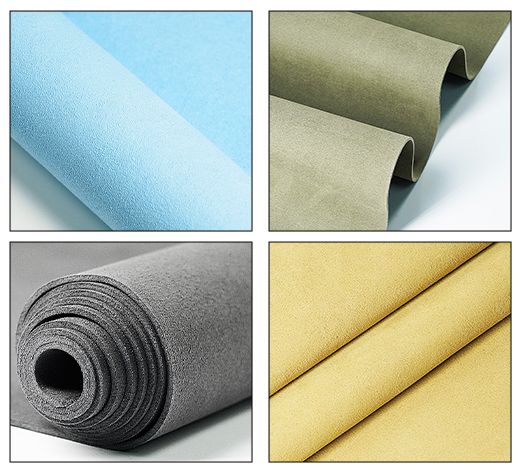
Keep the couch out of direct sunlight during drying. Sunlight can fade the color and damage the texture of microsuede.
Do not skip vacuuming before cleaning. Skipping this step allows dirt to mix with cleaning solutions, creating a muddy residue.
Never use heat to dry microsuede. High temperatures can shrink or warp the fabric.
Remember: Following these cleaning dos and don'ts helps maintain the beauty and comfort of your microsuede couch for years.
Regular vacuuming keeps microsuede free from dust and dirt. Quick spill management prevents stains from setting into the fabric. Protective measures, such as fabric sprays and slipcovers, help maintain the appearance of a microsuede couch. They can start with small changes and see lasting results. Consistent care allows anyone to enjoy a comfortable couch for years.
Gentle routines make microsuede easy to maintain. Owners who follow these tips keep their microsuede couch looking fresh and inviting.
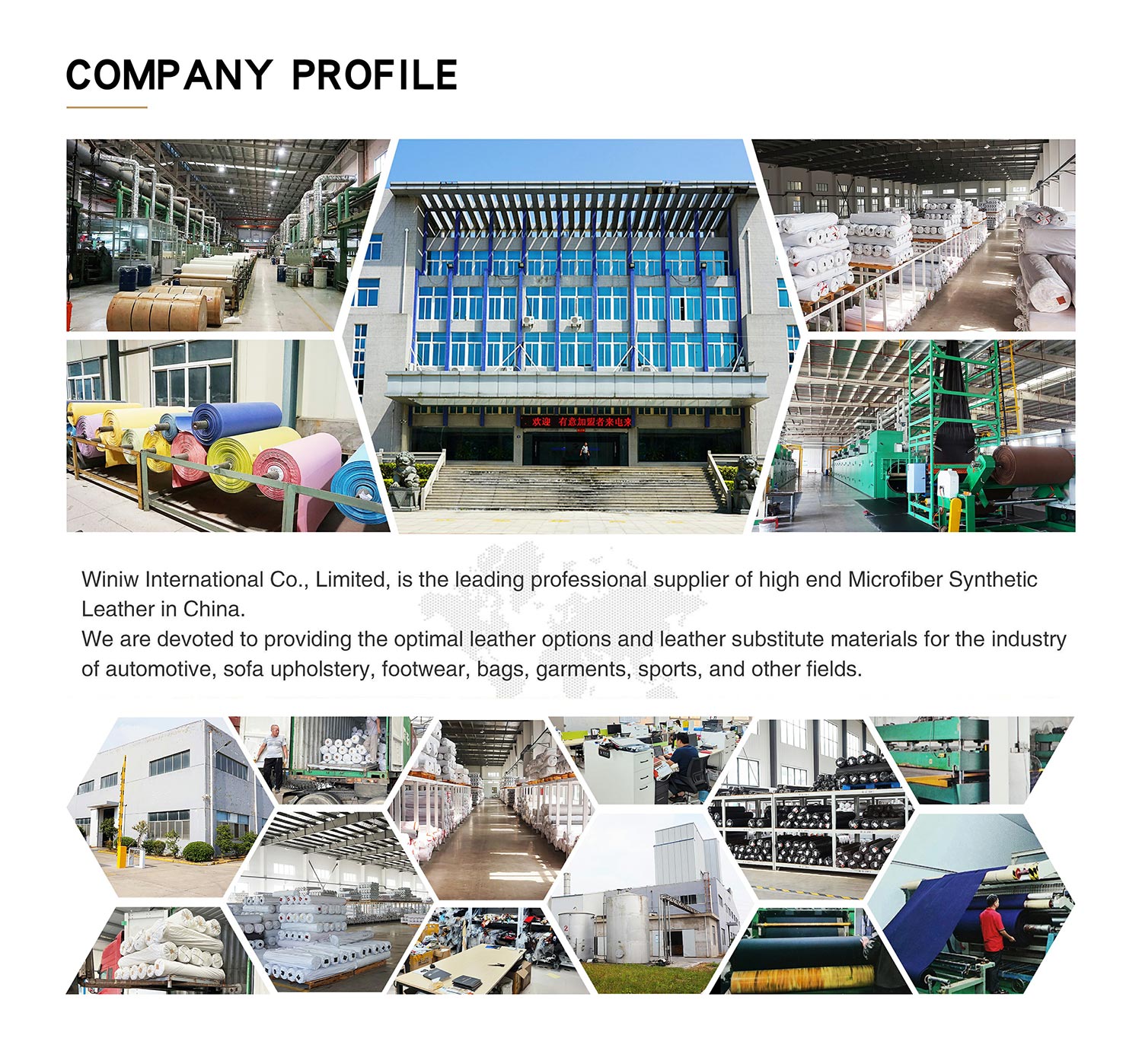
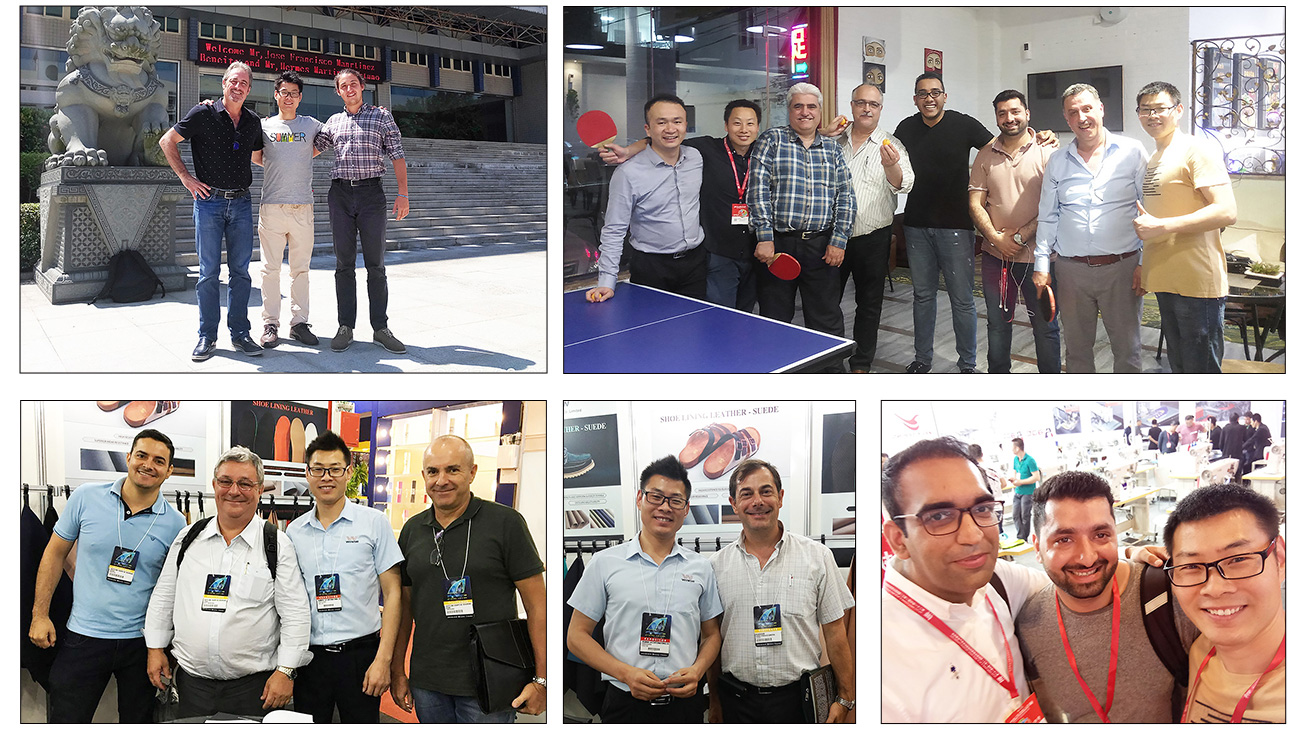
FAQ
How often should someone vacuum a microsuede couch?
Vacuuming once a week removes dust and debris. This routine prevents dirt from settling deep into the fibers. High-traffic homes may benefit from more frequent cleaning.
Can water be used to clean all microsuede couches?
Not all microsuede couches allow water cleaning. Owners should check the cleaning code on the tag. Code "W" permits water, while code "S" requires solvent-based cleaners.
What is the best way to remove pet hair from microsuede?
A vacuum with an upholstery attachment works well. A lint roller or a dry microfiber cloth also lifts pet hair from the surface. Regular removal keeps the couch looking clean.
How can someone prevent stains on a microsuede couch?
Applying a spray-on fabric protector creates a barrier against spills. Using slipcovers or throws adds extra protection. Quick blotting of spills also helps prevent permanent stains.
Is it safe to use a steam cleaner on microsuede?
Steam cleaning is safe for some microsuede couches with a "W" or "W-S" code. Owners should avoid oversaturating the fabric. Always test a small hidden area first.
What should someone do if the couch develops an odor?
Sprinkle baking soda on the surface and let it sit for 15 minutes. Vacuum thoroughly to remove the powder and odors. Persistent smells may require professional cleaning.
Can sunlight damage a microsuede couch?
Direct sunlight can fade colors and weaken fibers. Placing the couch away from windows or using curtains protects the fabric. Rotating the couch also helps prevent uneven fading.
When should someone call a professional cleaner?
Professional cleaning is best for stubborn stains, strong odors, or heavy soiling. Experts recommend deep cleaning every six to twelve months for optimal results.


